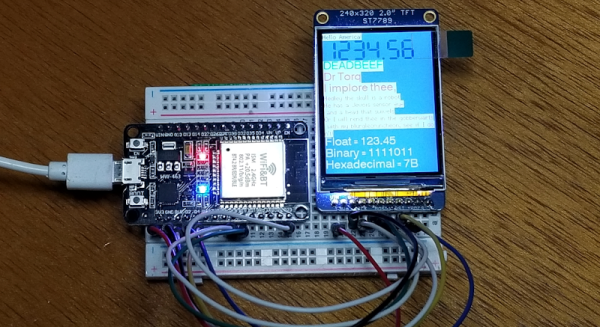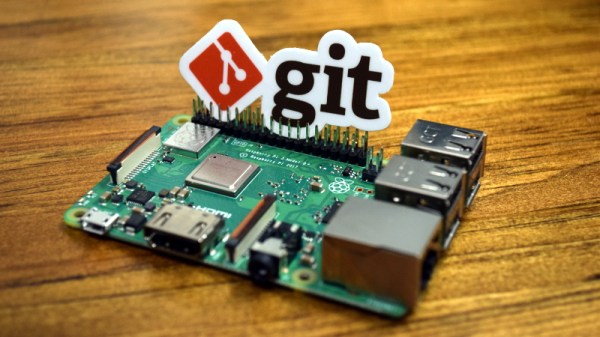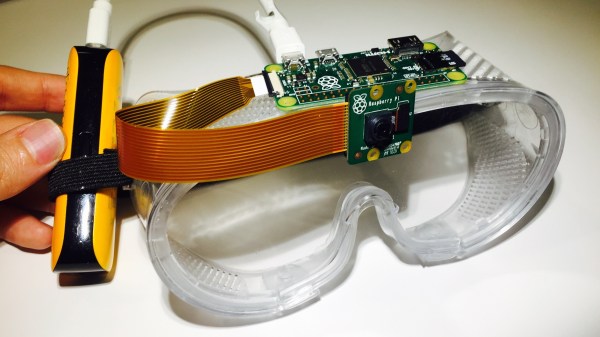Git has been a powerful tool for software development and version control since the mid ’00s, gaining widespread popularity since then. Originally built by none other than Linus Torvalds for handling Linux kernel development, it’s branched out for use with all kinds of other projects. That being said, it is not the easiest thing to learn how to use, with tons of options, abstract ideas, and non-linear workflows to keep track of. So if you’re new to the system or don’t need all of its vast swath of features, you might want to try out an alternative like Gitless.
Thanks to the fact that the original Git is open source, it’s free to modify and use as any user sees fit, and there are plenty of options available. This one aims to simplify many of the features found in the original Git, implementing a tracking system which somewhat automates commits. It also includes a simplified branching system, making it easier to switch between branches and keep better track of all that’s happening in a project. The command line interface is simplified as well, and the entire system is backwards-compatible with Git which means that if you find yourself needing some of the more advanced tools it’s possible to switch between them with relative ease.
For those of us keeping track of our own software projects, who don’t necessarily need the full feature set that the original Git has to offer, this could be a powerful tool that decreases the steep learning curve that Git is known for. It’s definitely a system work diving into, though, regardless of whichever implementation you choose. It’s an effective tool for everything from complex, professional projects to small hobby projects on the Arduino.























